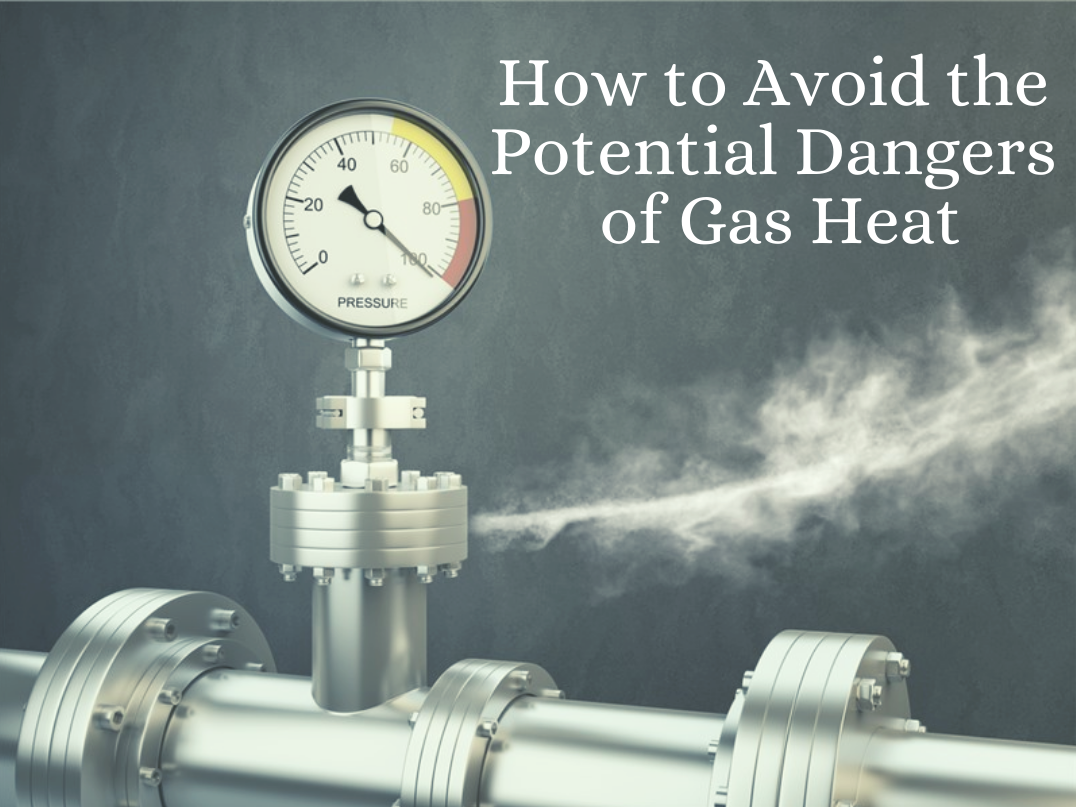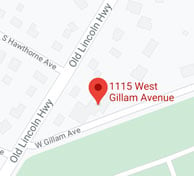Natural gas explosion kills seven. Mother, daughter perish in house explosion and fire. Woman dies in house fire ignited by natural gas explosion. Man dies in home when leaking gas ignites. Five dead after natural gas explosion.
These are just some of many headlines from recent years detailing dangerous gas-related incidents across several states, including Maryland, Pennsylvania, Texas, and West Virginia.
Just this past week, a local Bucks County resident tragically died in her home due to a gas leak. One of her sons came home and immediately rushed inside to help his family once he smelled the gas. Responding firefighters shut off the gas meter and ventilated the home upon arrival. Police believe a faulty appliance was to blame for the high CO (carbon monoxide) levels.
 The Dangers of Gas Heating Systems
The Dangers of Gas Heating Systems
When winter arrives, bad weather conditions shouldn't be the only thing on your mind. Heating is the second leading cause of U.S. home fires and home fire injuries and the third leading cause of home fire deaths. December, January, and February are the peak months for heating fires when temperatures are lower and heaters are on longer.
While natural gas is the cleanest fossil fuel, many homeowners don't realize the potential dangers of gas heating systems. According to a study done by NFPA Research for 2012-2016, an average of 4,200 home structure fires per year are due to the ignition of natural gas - causing an average of 40 deaths per year in the U.S. They also estimated an average of 140 civilian injuries and $54 million in direct property damage per year due to these fires.
In the same timespan, local fire departments responded to an average of 125,000 gas leaks per year (natural gas or liquid propane gas) in or on home properties. Gas leaks are commonly responsible for carbon monoxide poisoning in the winter when heaters are running for longer periods of time. Known as "the silent killer," unsafe CO levels kill at least 430 people in the U.S. every year, according to the CDC.
Carbon monoxide is created when fuel from heating equipment (typically gas, propane, or oil) doesn't burn properly. Carbon monoxide is invisible, odorless, and colorless, making it even more deadly than if it were noticeable.
How to Prevent Dangerous Gas Heater Issues
So, how can homeowners prevent these potential dangers from occurring?
Between fires due to gas ignitions and gas leaks, and the chance of carbon monoxide poisoning, homeowners should take several precautions when it comes to their gas heating systems.
Keep up with heater maintenance
One of the easiest steps to take is to have your local HVAC contractor inspect your heater each year. It's best to get an annual heater tune-up before you start using your heater in full force (i.e. in September or October), but getting it done any time throughout the winter is helpful. Tune-ups will not only ensure your heater is working properly and safely, but they will also increase efficiency and save you money. A key part of the tune-up should be to make sure the heater's flue is working properly. The flue is responsible for exhausting the gaseous by-products of combustion that are used to create heat. A blocked or broken flue has the potential to circulate exhaust and carbon monoxide into your home.
Install a carbon monoxide detector  Another easy step in being proactive is to install a CO alarm/detector. According to the Consumer Product Safety Commission, CO alarms should be installed in a central location outside each sleeping area and on every level of the home. They should not be installed in basements or attics unless there is a sleeping area. Your local contractor can sell you a quality CO detector and help you install it if you are looking for professional help.
Another easy step in being proactive is to install a CO alarm/detector. According to the Consumer Product Safety Commission, CO alarms should be installed in a central location outside each sleeping area and on every level of the home. They should not be installed in basements or attics unless there is a sleeping area. Your local contractor can sell you a quality CO detector and help you install it if you are looking for professional help.
 Another easy step in being proactive is to install a CO alarm/detector. According to the Consumer Product Safety Commission, CO alarms should be installed in a central location outside each sleeping area and on every level of the home. They should not be installed in basements or attics unless there is a sleeping area. Your local contractor can sell you a quality CO detector and help you install it if you are looking for professional help.
Another easy step in being proactive is to install a CO alarm/detector. According to the Consumer Product Safety Commission, CO alarms should be installed in a central location outside each sleeping area and on every level of the home. They should not be installed in basements or attics unless there is a sleeping area. Your local contractor can sell you a quality CO detector and help you install it if you are looking for professional help.Pay attention to signs of a leak
You can also look out for possible signs of a carbon monoxide leak. Although carbon monoxide typically goes without notice, there are a few things to look out for, including sooty or brownish-yellow stains, stale or smelly air, a sulfuric smell, visibly damaged gas pipes, or soot or smoke.
You may also notice physical symptoms such as dizziness, fatigue, headaches, nausea, chest pain, and more. If you feel any of these symptoms and think it could be a gas leak, it's best to get someone out right away. Even if that's not the cause, you're always better safe than sorry!
Know how to shut off the gas supply
Any home that uses natural gas has a shutoff valve, which is usually located outside the home. Make sure everyone in the home knows how to use this valve so that in the event of a gas leak, whoever is home can cut off the gas supply as soon as possible. This will prevent additional gas from escaping and stop the exposure to natural gas.
Your gas heater is wonderful for keeping you warm in the winter without hurting the environment, but it can pose many dangers if not kept after properly. Always make sure to schedule a heater tune-up and to have a functioning CO detector in the home, and your chances of staying safe will increase greatly.
If you live in the Delaware Valley/Greater Philadelphia area and would like to find comfort within your home, visit our website or give us a call at 215 - 245 - 3200 to learn more.




